When it comes to choosing an HP laptop, the display size is one of the most critical factors that can shape your overall user experience. The right screen size not only influences portability and convenience but also affects productivity, entertainment, and even your health. In this detailed guide, we’ll delve into the various HP laptop display sizes, the advantages and drawbacks of each, and how to select the perfect one tailored to your unique needs.
Choosing the right display size for your HP laptop is essential for enhancing portability, productivity, and overall user experience. Whether you prefer a compact 13-inch model for travel or a large 17-inch screen for gaming and creative tasks, understanding the advantages and drawbacks of each size can help you make an informed decision.
Why Does Display Size Matter?
The display size of your laptop significantly impacts various aspects of its functionality:
1. Portability vs. Screen Real Estate
- Smaller Displays (13 to 14 Inches): Ideal for users who travel frequently, compact laptops are lightweight and easily fit into backpacks. They are perfect for students, business professionals, and digital nomads who need a reliable device without the bulk. For example, the HP Spectre x360, known for its sleek design, is a favorite among professionals who value portability without sacrificing performance.
- Medium Displays (15 to 16 Inches): This size is a sweet spot for many users, striking a balance between portability and usability. Laptops like the HP Pavilion series are popular for their versatility. They provide enough screen space for multitasking while remaining portable enough for casual travel.
- Large Displays (17 Inches and Above): These are best suited for users who prioritize screen real estate over portability. Gamers, graphic designers, and content creators often prefer larger displays, such as those found in the HP Omen series, for immersive experiences. However, their size can make them cumbersome to transport.
2. Impact on User Experience
The display size directly correlates with user comfort and efficiency:
- Eye Strain: A larger screen can reduce eye strain, allowing you to work longer hours without discomfort. Smaller screens may force you to squint or lean closer, leading to fatigue.
- Multitasking: Larger screens enable better multitasking. For example, a 15-inch or 17-inch display can accommodate a spreadsheet, a video conference, and a document editor simultaneously.
- Gaming and Multimedia: For gamers and movie enthusiasts, larger displays offer an immersive experience with rich detail and vibrant colors. Features like higher refresh rates and advanced resolution are more effectively enjoyed on larger screens.
Common HP Laptop Display Sizes
HP offers a variety of laptops catering to different needs, each with unique display sizes. Let’s explore the common options and their specific advantages.
1. 13 to 14 Inches
These compact laptops are typically lightweight and portable, making them perfect for students or professionals who are always on the move. The HP Spectre x360 and HP Envy series are prime examples, featuring stunning designs and impressive performance in a smaller footprint.
- Advantages:
- Highly portable and lightweight.
- Excellent battery life (often exceeding 10 hours).
- Usually equipped with high-resolution displays for vibrant visuals.
- Use Cases:
- Great for web browsing, document editing, and casual gaming.
- Ideal for students who need to carry their laptops to class.
2. 15 to 16 Inches
This size range is incredibly popular among a wide array of users. The HP Pavilion series provides a solid balance of performance and size, catering to both casual users and professionals.
- Advantages:
- Ample space for multitasking without feeling cramped.
- A variety of resolutions, including Full HD and 4K options, are available.
- Good battery life, typically lasting around 7-9 hours.
- Use Cases:
- Suitable for office work, video editing, and light gaming.
- A great choice for families who need a versatile device for various activities.
3. 17 Inches and Above
HP’s larger models, such as the HP Omen series, are designed for those who demand high performance and an immersive experience. These laptops often feature dedicated graphics cards, making them ideal for gaming and creative tasks.
- Advantages:
- Spacious display offers excellent detail for gaming and graphic work.
- Often comes with enhanced cooling systems to handle intense gaming sessions.
- More powerful hardware options available.
- Use Cases:
- Perfect for gamers who want the best graphics and performance.
- Ideal for creative professionals in graphic design, video editing, and 3D modeling.
Factors to Consider When Choosing Display Size
When selecting the right HP laptop display size, consider these factors:
1. Usage Purpose
Your primary use will heavily dictate the ideal display size:
- Business and Productivity: If you primarily use your laptop for spreadsheets, presentations, and document editing, a 15-inch display is often ideal. It provides enough screen space for multitasking without overwhelming your desk space.
- Gaming: For gaming enthusiasts, larger displays (17 inches and above) deliver immersive visuals. A higher resolution and refresh rate are crucial for an optimal gaming experience.
- Portability: If you are a frequent traveler, opt for a 13 to 14-inch model. Look for lightweight options that don’t compromise on performance.
2. Resolution and Visual Quality
Resolution enhances the quality of the display:
- HD (1366 x 768): Basic resolution suitable for everyday tasks but may not offer the clarity needed for gaming or video editing.
- Full HD (1920 x 1080): This is the standard for most laptops today, providing excellent clarity for streaming, gaming, and productivity tasks.
- 4K (3840 x 2160): Ideal for creative professionals and gamers who require stunning detail. However, it may consume more battery power and require more powerful hardware.
3. Screen Type
The type of screen also affects usability:
- Matte vs. Glossy: Matte screens reduce glare, making them suitable for bright environments. Glossy screens tend to offer more vibrant colors but can be reflective, which might hinder usability in well-lit areas.
- Touchscreen vs. Non-Touchscreen: Touchscreen displays provide an interactive experience, making them more versatile for creative tasks and casual browsing.
4. Aspect Ratio
The aspect ratio, which defines the screen’s width relative to its height, can influence your viewing experience. Most HP laptops come with a 16:9 aspect ratio, ideal for watching movies and gaming. However, some models offer a 16:10 ratio, providing more vertical screen space, which is beneficial for productivity tasks.
Unique Insights from Users
Here are some insights from real users that highlight the importance of choosing the right display size:
- Emily, a graphic designer, emphasizes that she prefers a 15-inch display because it strikes the perfect balance between portability and functionality. “I can easily carry it to client meetings, and the screen size allows me to see my designs in detail without feeling cramped.”
- John, a frequent traveler, loves his 13-inch HP Spectre for its lightweight design. “It fits perfectly in my backpack, and I don’t have to worry about it taking up too much space during flights.”
- Sarah, a gamer, swears by her 17-inch HP Omen. “The bigger screen gives me a competitive edge. I can see everything clearly, and the graphics are just stunning.”
Conclusion
Choosing the right HP laptop display size is essential for optimizing your user experience. Whether you’re a student, a professional, or a gamer, understanding the advantages and drawbacks of different sizes will help you make an informed decision. Remember to consider your primary use case, desired resolution, and the type of screen that will best serve your needs.
FAQs
What are the most common HP laptop display sizes?
The most common HP laptop display sizes are 13-14 inches for portability, 15-16 inches for a balance of usability and portability, and 17 inches and above for gaming and creative work.
How does display size affect eye strain?
Larger displays can reduce eye strain by allowing users to view content more comfortably without squinting or leaning closer, which is often necessary with smaller screens.
What is the best display size for gaming?
For gaming, a display size of 17 inches or larger is recommended, as it provides an immersive experience and better visibility of details in games.
Is a higher resolution always better?
Not necessarily. While higher resolutions like 4K offer stunning detail, they may require more powerful hardware and can consume more battery. Full HD (1920 x 1080) is usually sufficient for most users.
Should I choose a matte or glossy screen?
It depends on your environment. Matte screens reduce glare and are better for bright spaces, while glossy screens offer more vibrant colors but may reflect light, which can be distracting.
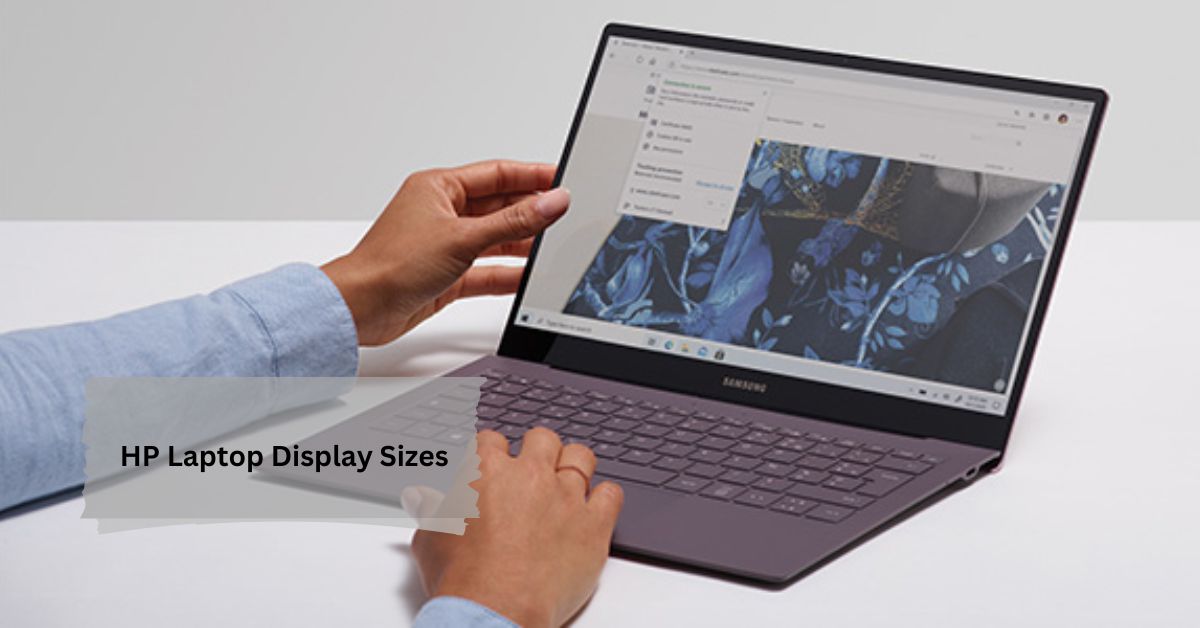

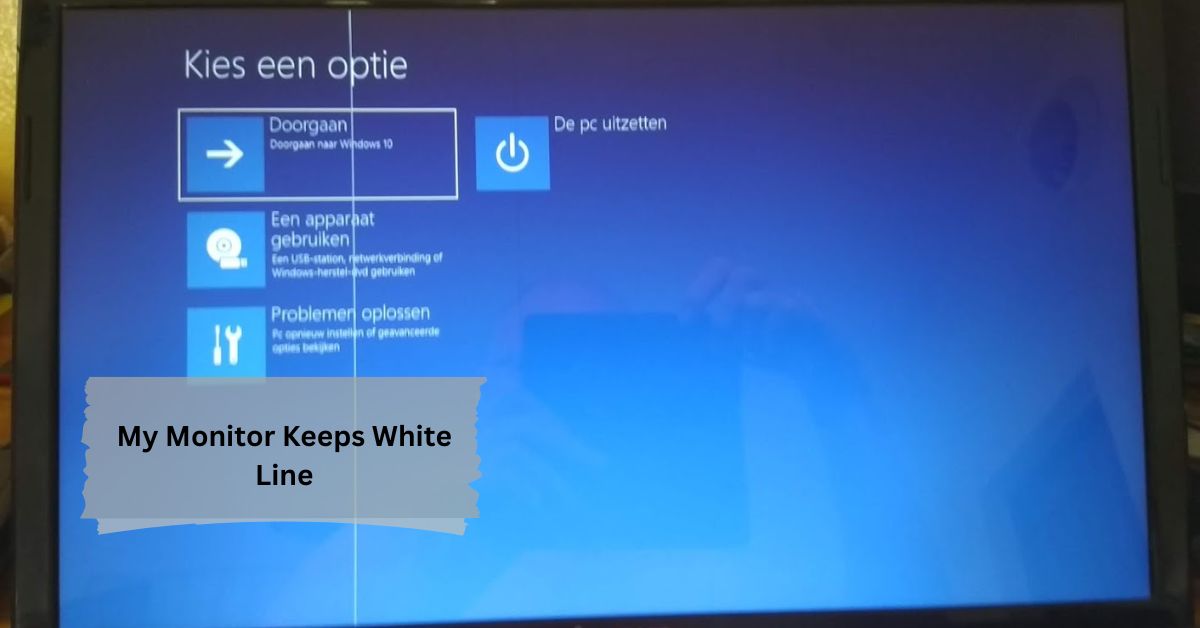

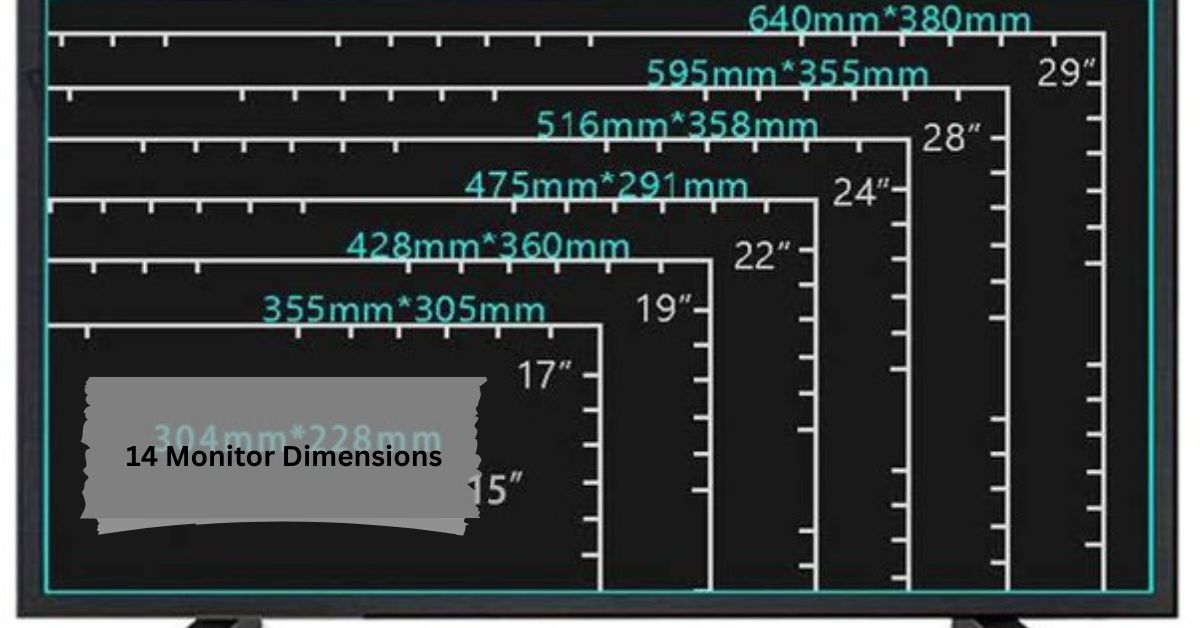

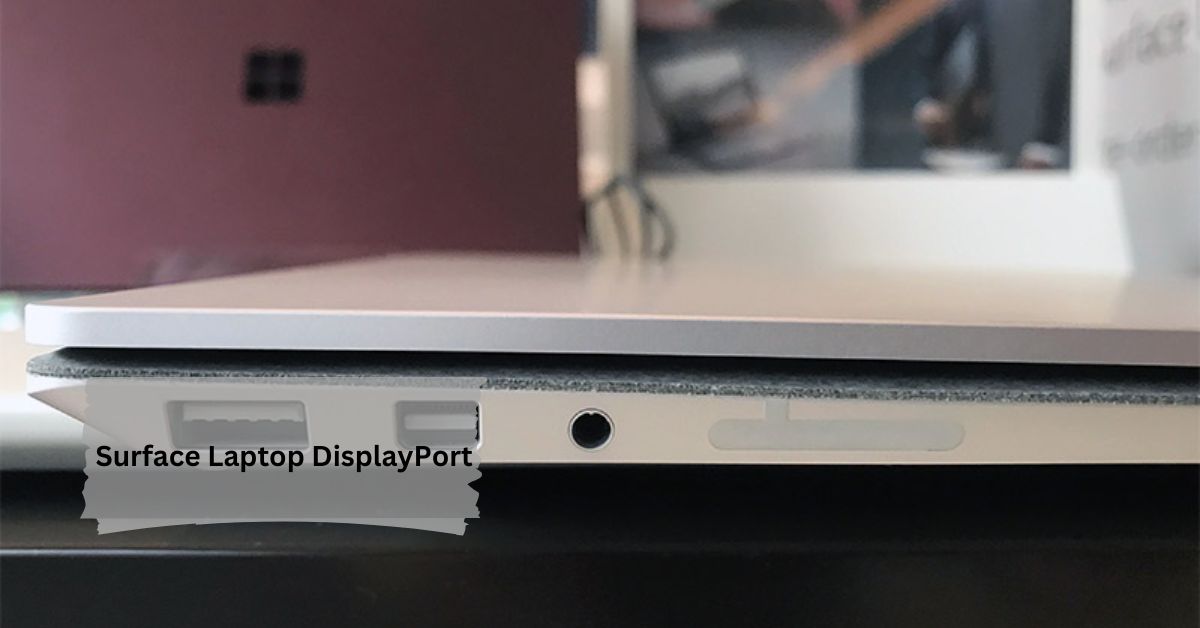

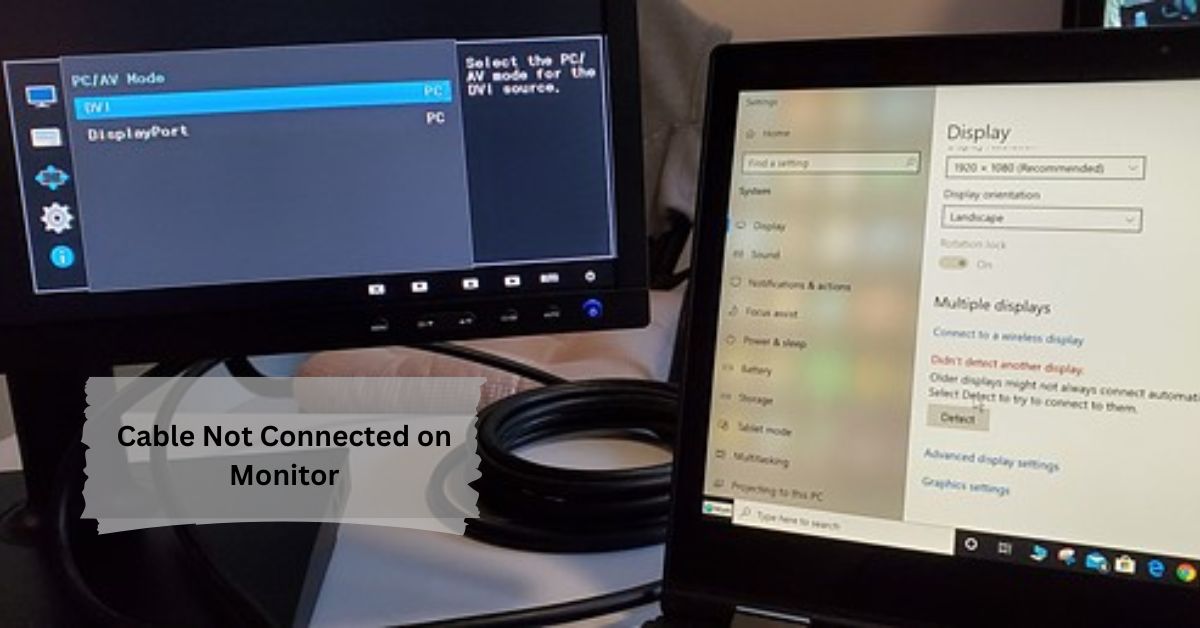


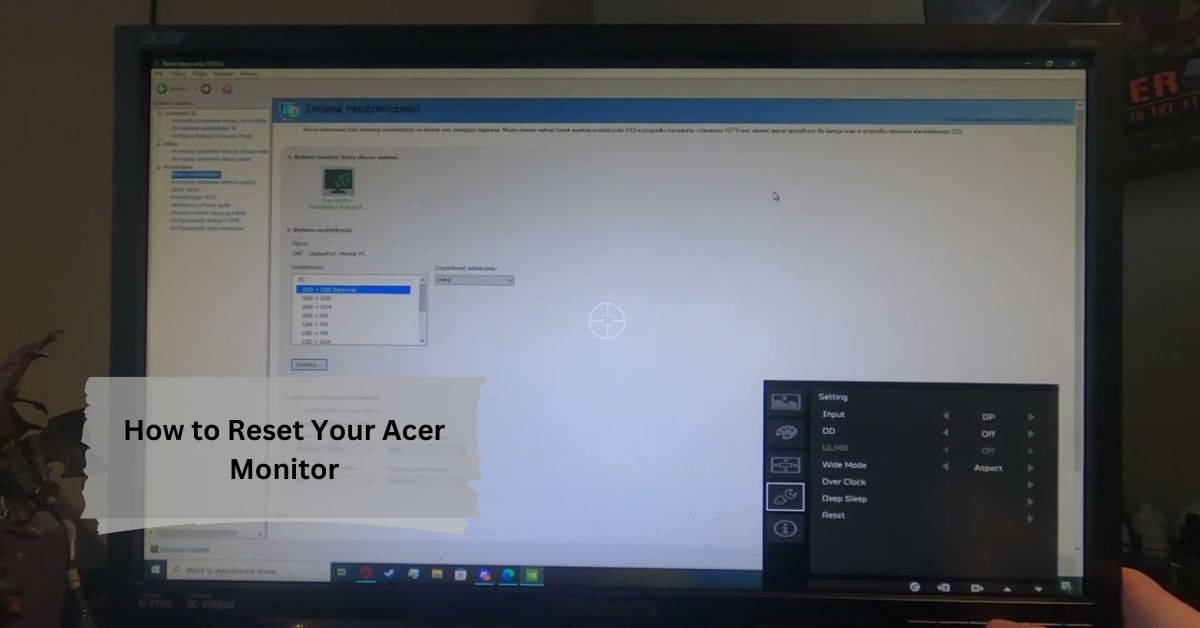

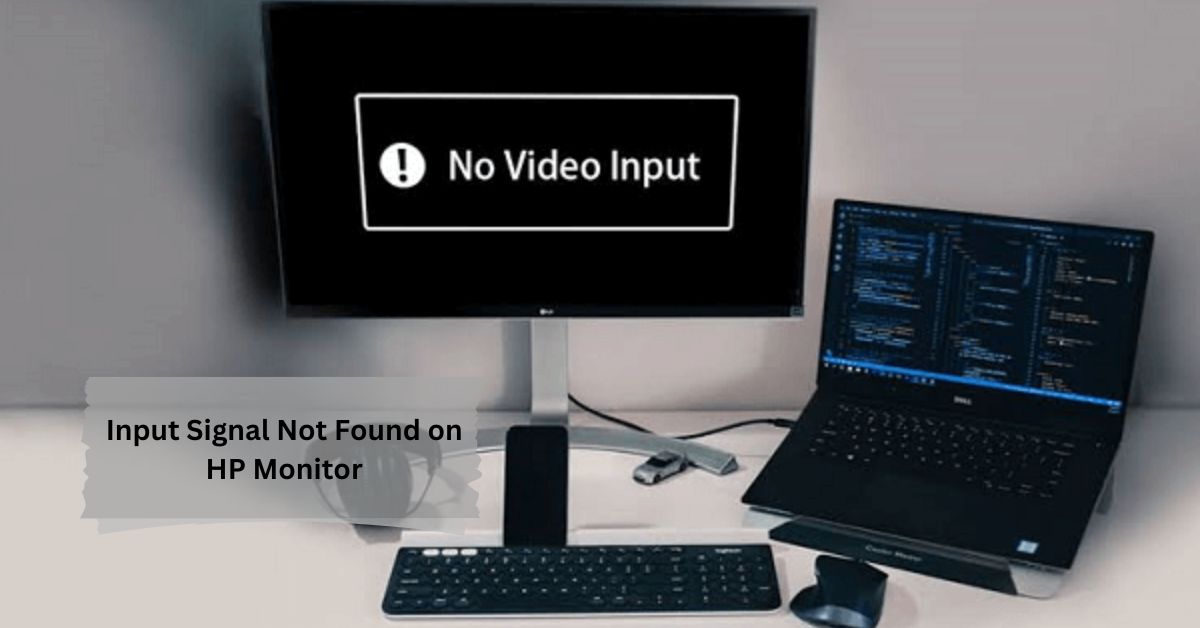
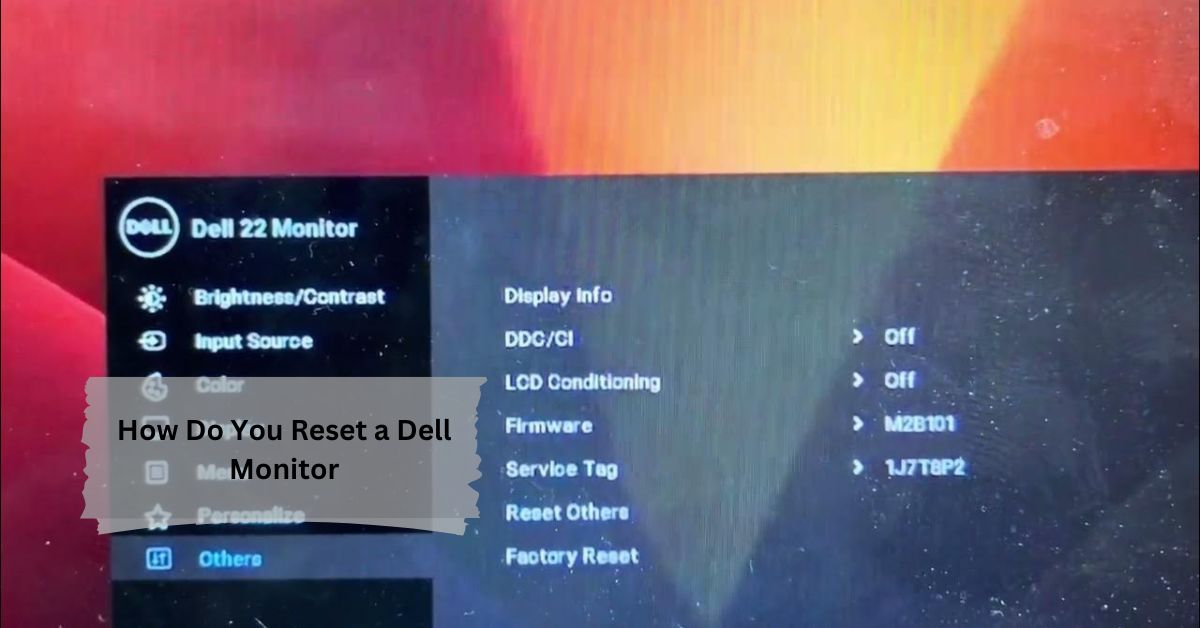


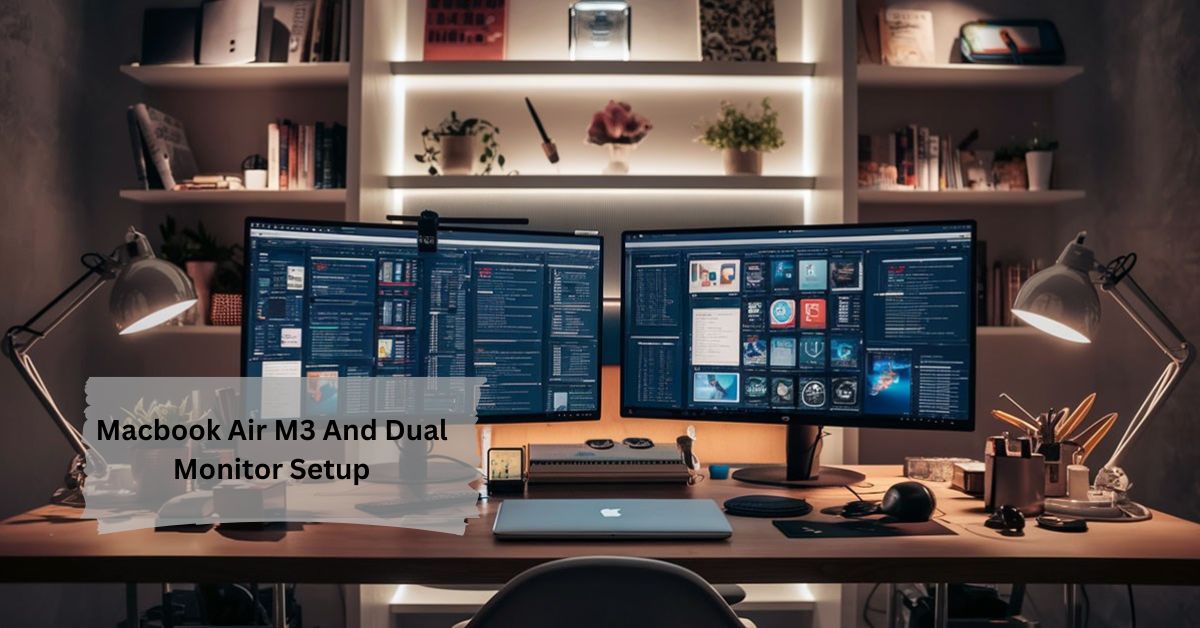

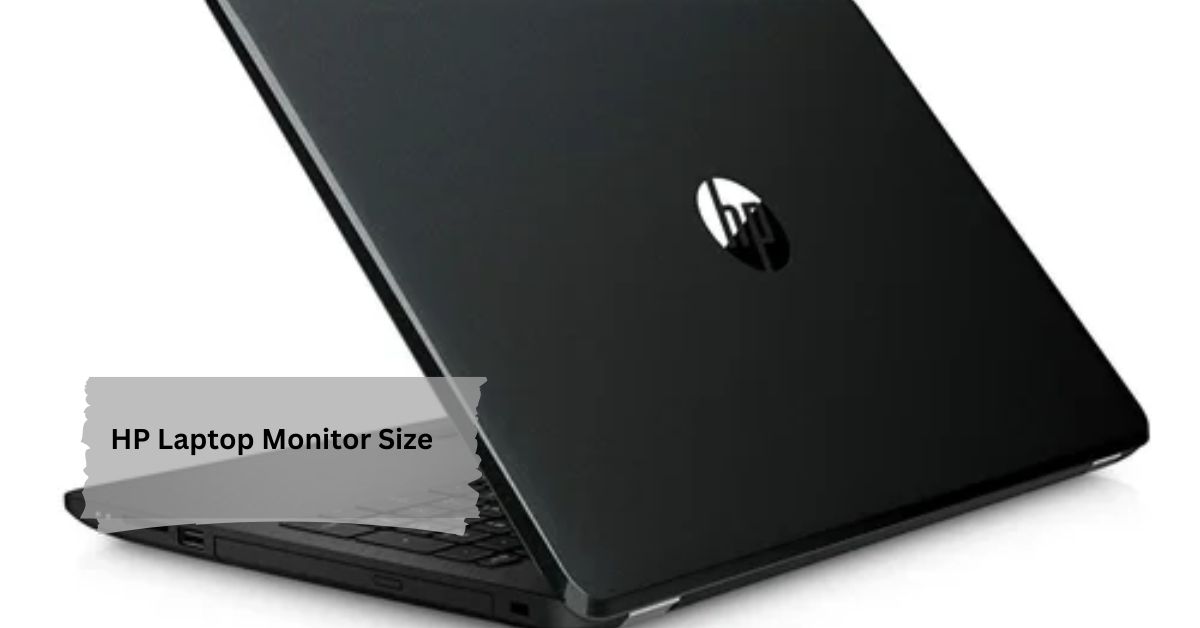

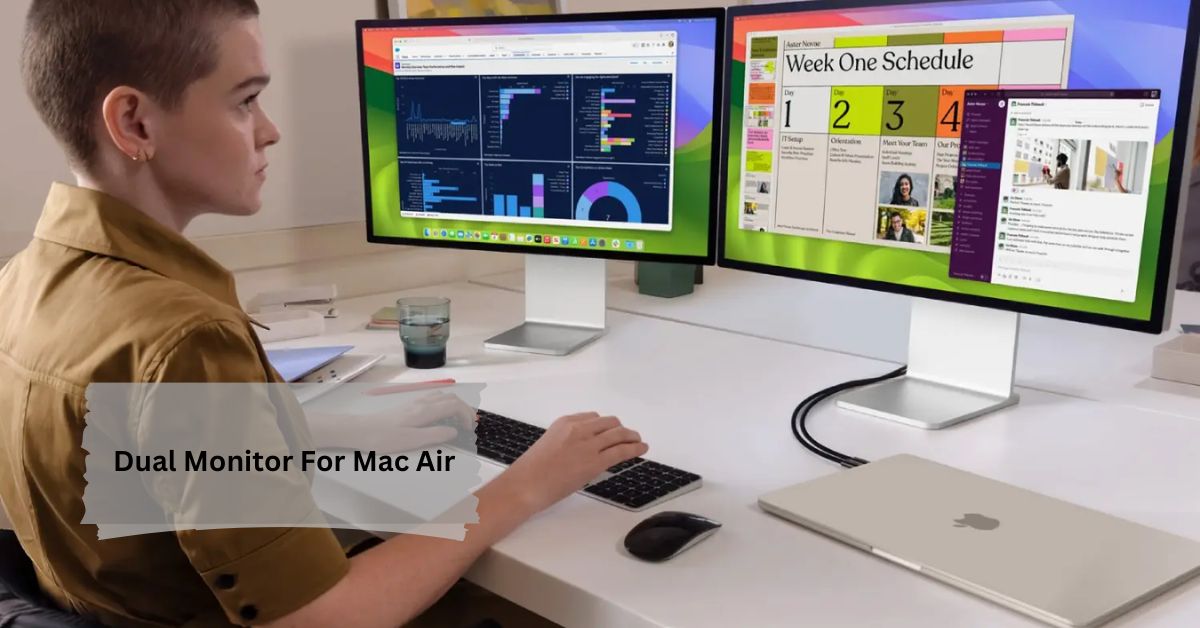




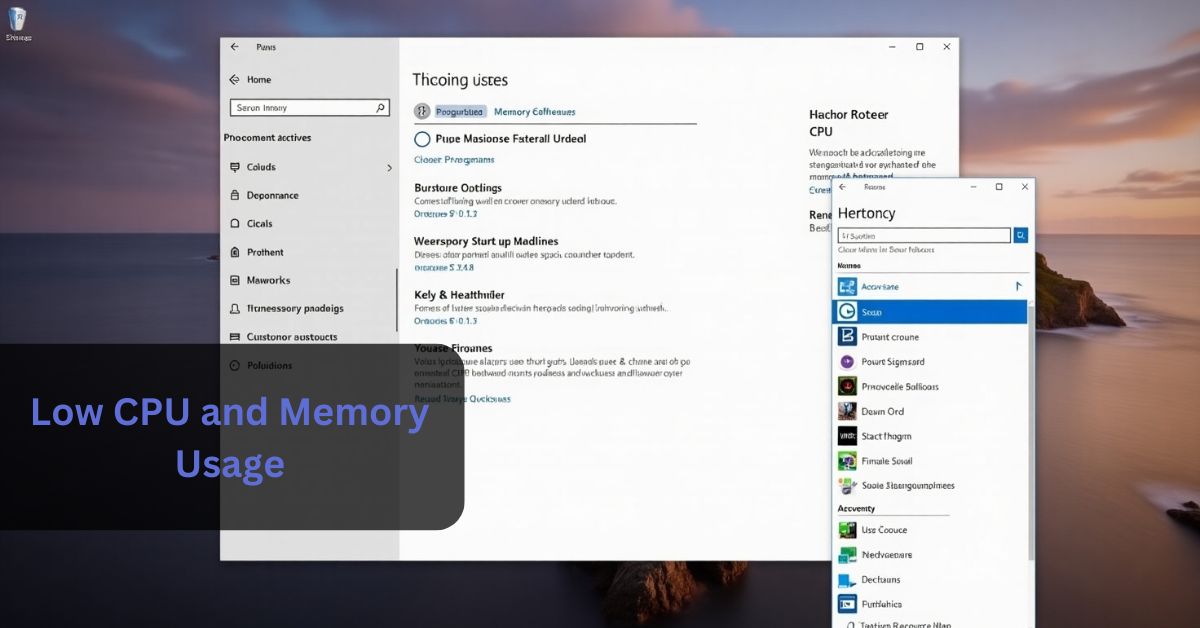
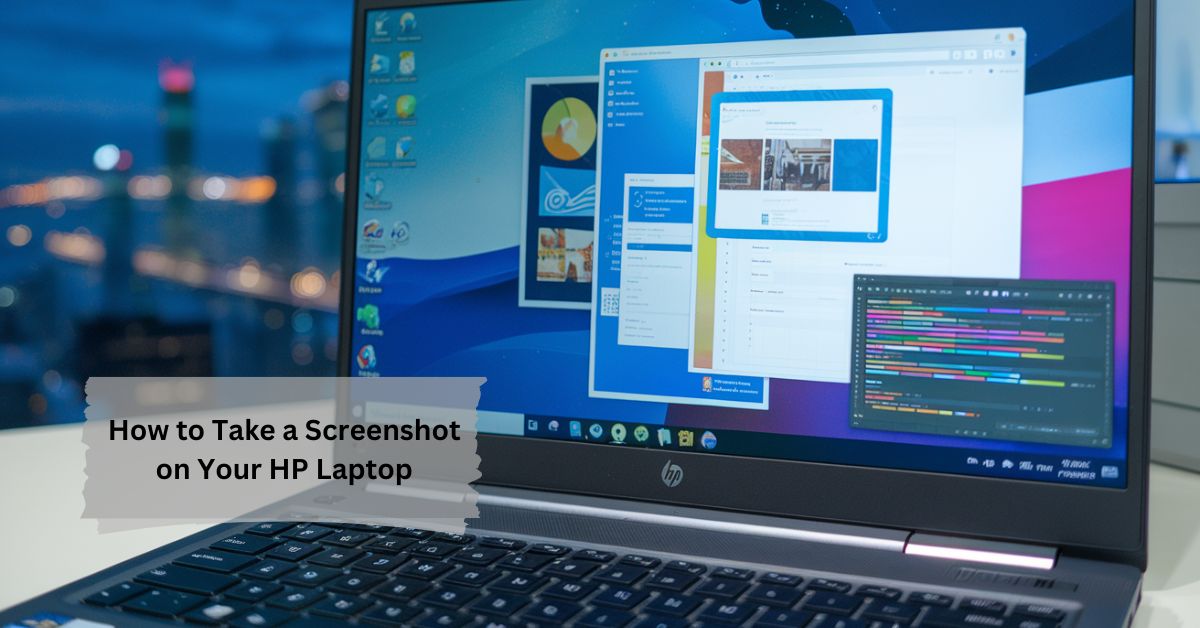

Leave a Reply